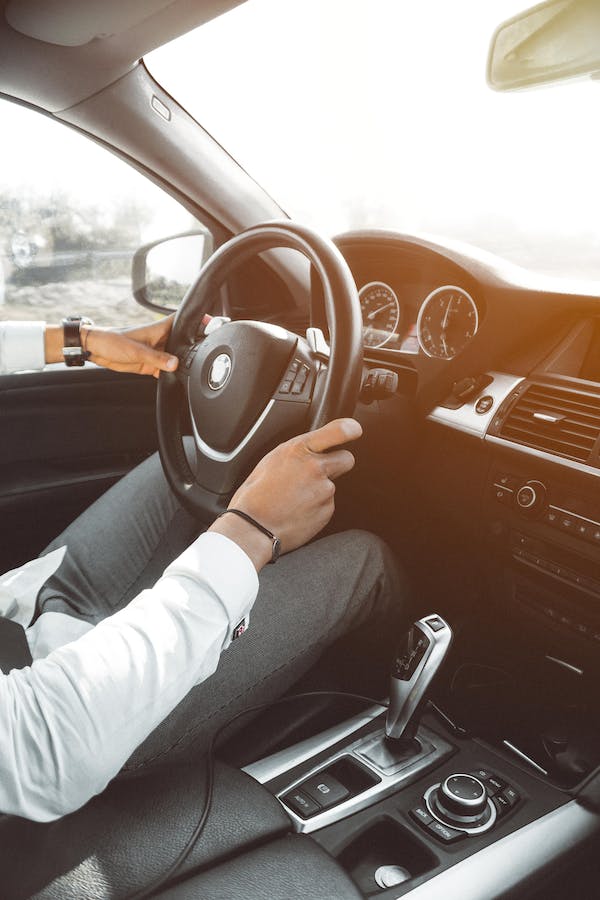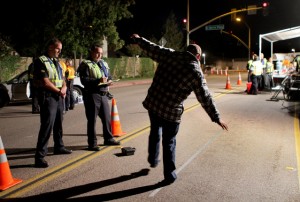Being charged with dangerous or careless driving can be very serious and have a tremendous impact on your life. In the United States, it is an offense that many drivers take lightly, but it should be noted that not only can it result in a hefty fine, but also the suspension of a driver’s license and possibly jail time. In this article, we will discuss what it means to be charged with dangerous or careless driving, the consequences that may come with it, and how to avoid it.
Dangerous driving occurs when the driver of a car intentionally disregards the rules of the road or driving with a deficient level of skill that creates a hazard to other drivers or pedestrians. Some examples of dangerous driving include speeding and tailgating in attempts to intimidate other drivers, not following the speed limit, failing to signal during a lane change, ignoring road signs and signals, and driving under the influence. Careless driving is usually at a lesser degree and can be charged when the driver fails to meet the standard of the reasonable person, or when failing to take reasonable care for the safety of others. Examples of careless driving can include not leaving enough room between two cars, failing to observe a traffic signal or stop sign, and failing to yield in appropriate circumstances.
The consequences of being charged with dangerous or careless driving can be serious. Depending on the severity of the offense, penalties can range from a small fine to imprisonment. For example, a driver in Minnesota who is found guilty of dangerous driving can be fined up to $1000 and be sentenced to up to 90 days in jail. In other states, if a driver is charged with dangerous driving due to driving under the influence, the consequences can also include the loss of their driver’s license for an extended period of time.
It is important to note that on top of the direct consequences of being charged with dangerous or careless driving, there can be repercussions beyond the initial punishment. The conviction may lead to significant increases in car insurance premiums, potential job losses, and a negative impact on a person’s reputation.
In order to avoid being charged with dangerous or careless driving, drivers should consider several factors. First, they should always obey the speed limit and be sure to give others enough room when passing or overtaking. They should also pay close attention to all road signs and signals, and never operate a vehicle while under the influence of drugs or alcohol. Additionally, drivers should practice defensive driving, being aware of other drivers and their actions on the road and following the rules for merging.
It is important for any driver to think before they act when behind the wheel, and always be aware of the consequences that can come with action. Being charged with dangerous or careless driving can lead to serious consequences that can have long lasting effects on the driver. While it can be hard to follow all the rules of the road exactly, they exist to protect us and other drivers, and should be taken into consideration.









